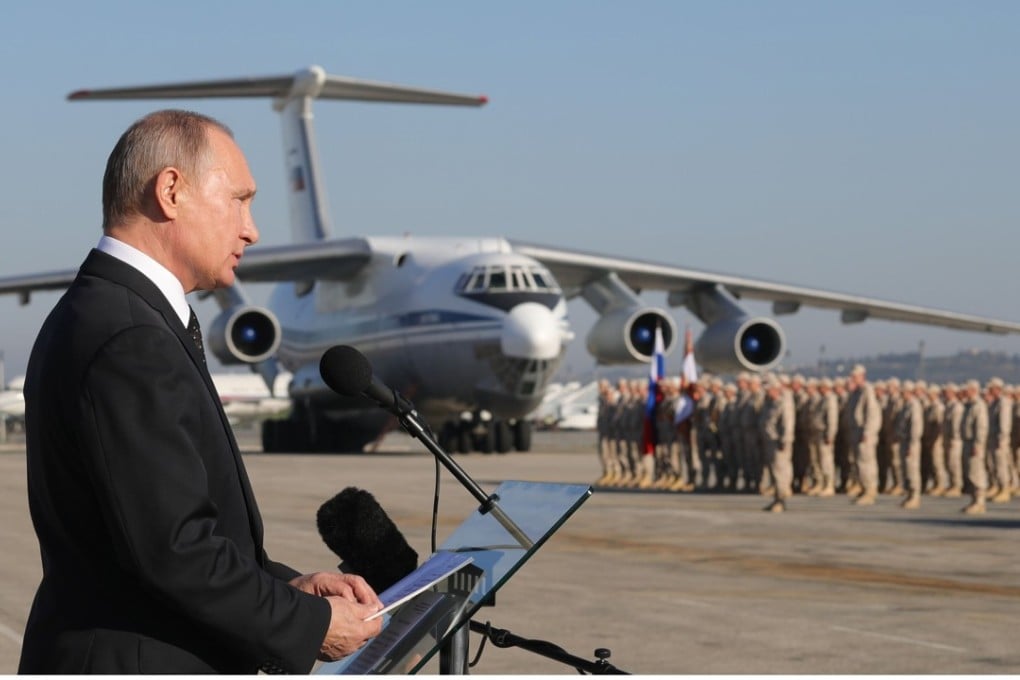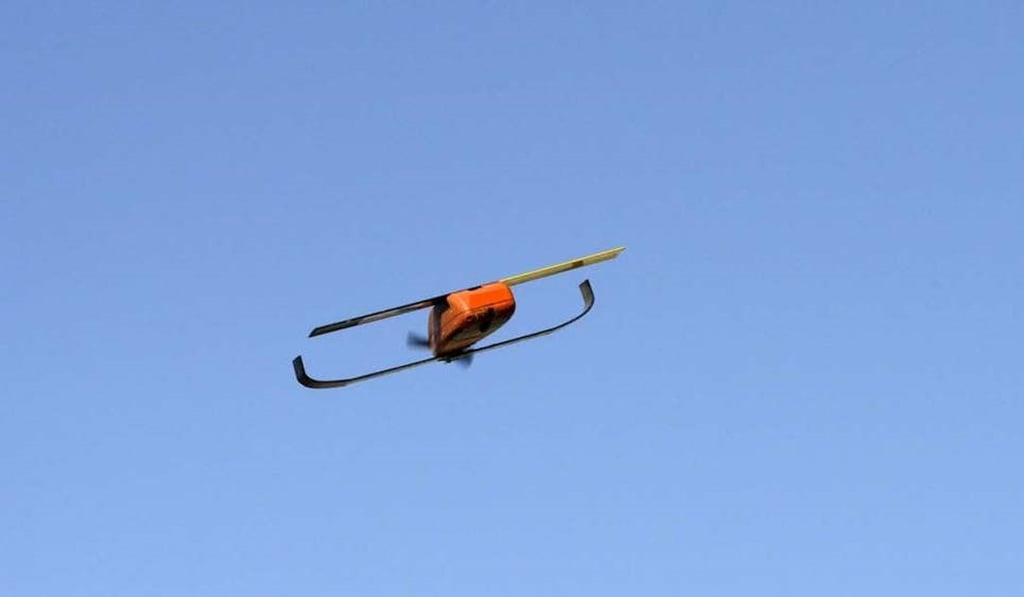Mysterious drone swarm attacks military base in Syria, exposing Russian vulnerability
Moscow says the US supplied the technology behind the drone attack, but Washington denies involvement

A series of mysterious attacks against the main Russian military base in Syria, including one conducted by a swarm of armed miniature drones, has exposed Russia’s continued vulnerability in the country despite recent claims of victory by President Vladimir Putin.
The attacks have also spurred a flurry of questions over who may be responsible for what amounts to the biggest military challenge yet to Russia’s role in Syria, just when Moscow is seeking to wind its presence down.

Russia said that it shot down some of the 13 drones, used electronic countermeasures to safely bring down the others, and that no serious damage was caused.
The drone attack, however, came less than a week after two Russian servicemen were killed in a sustained mortar assault on the same base, which appears to have caused some damage to Russian military assets.